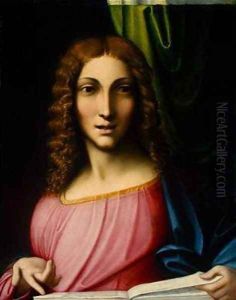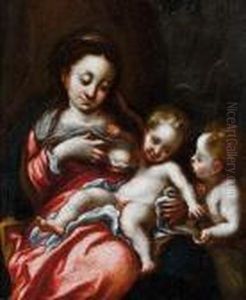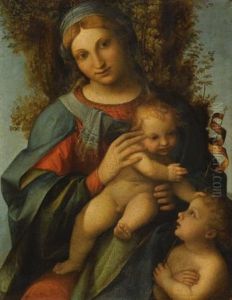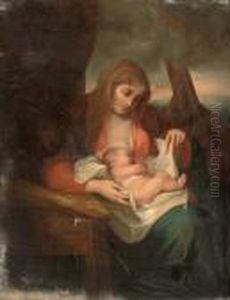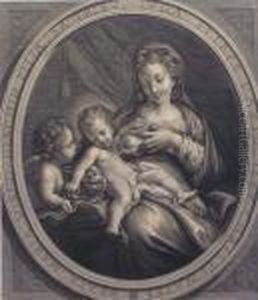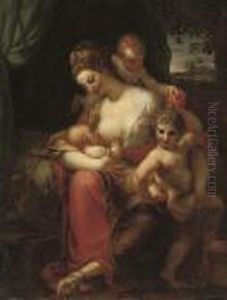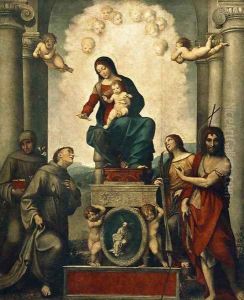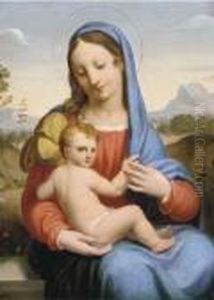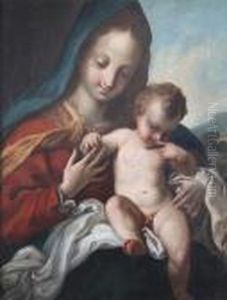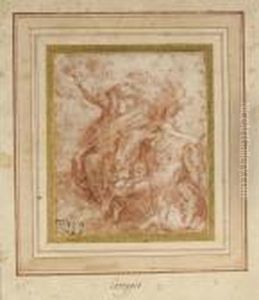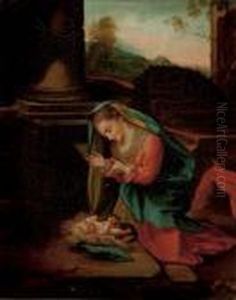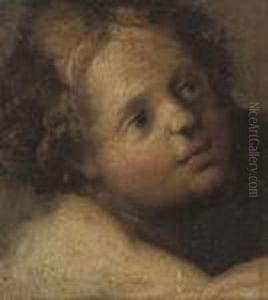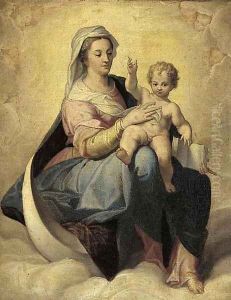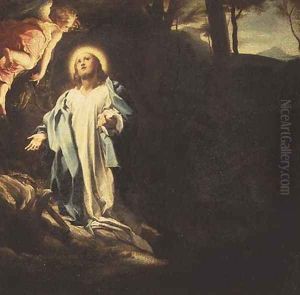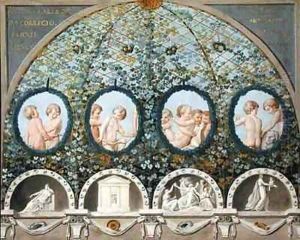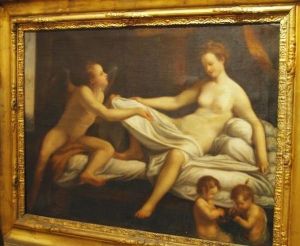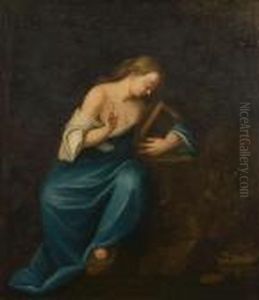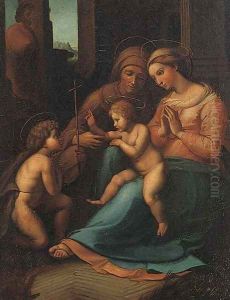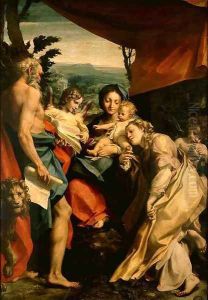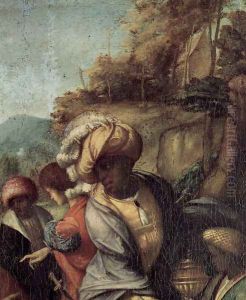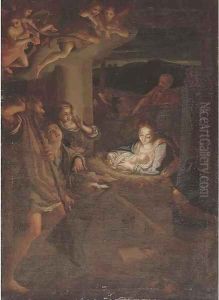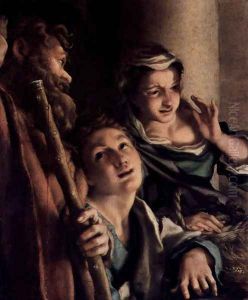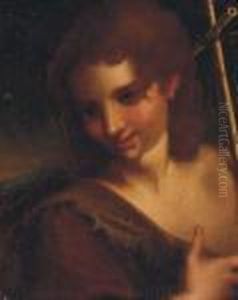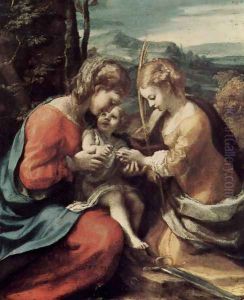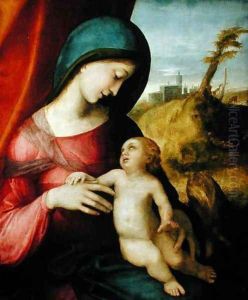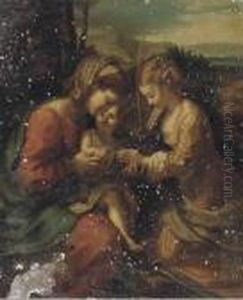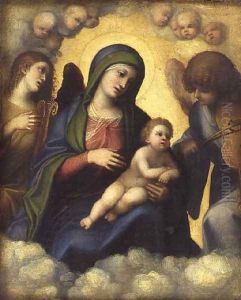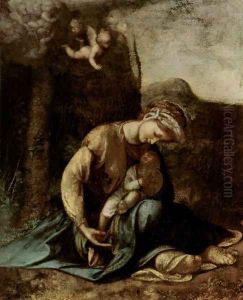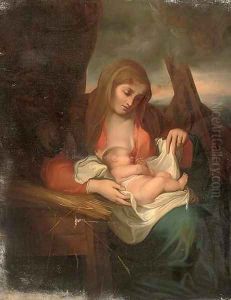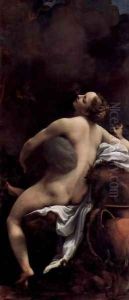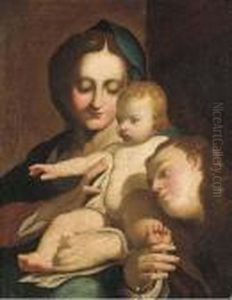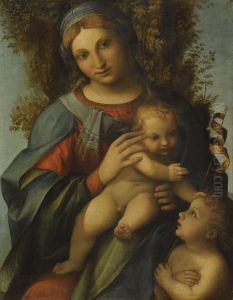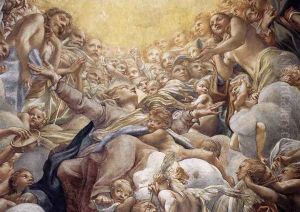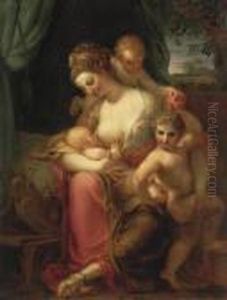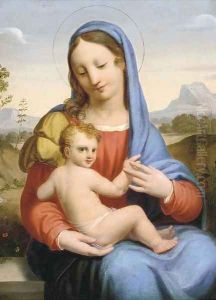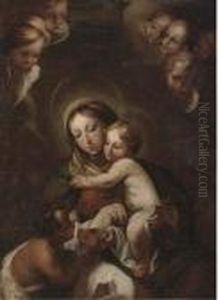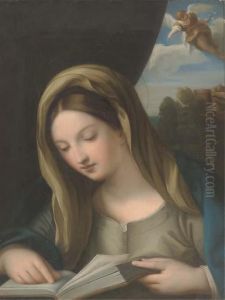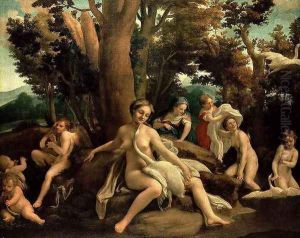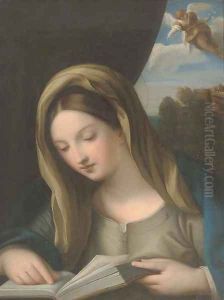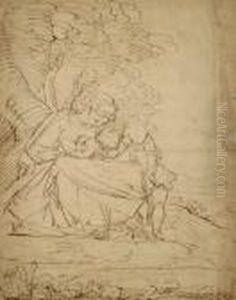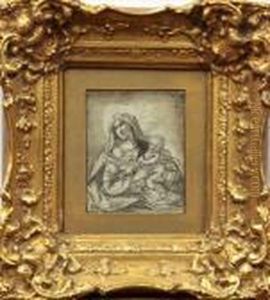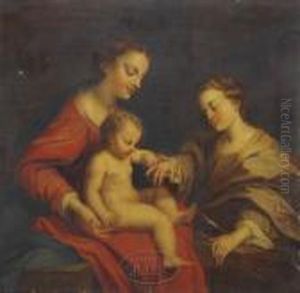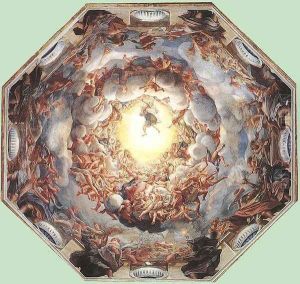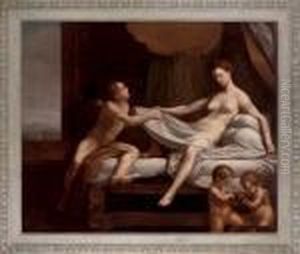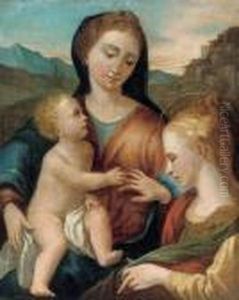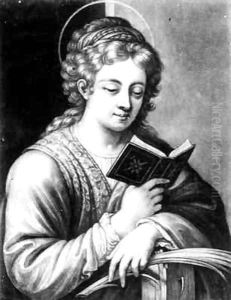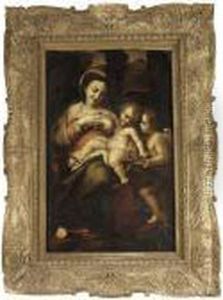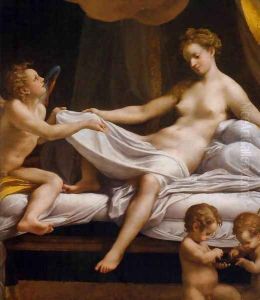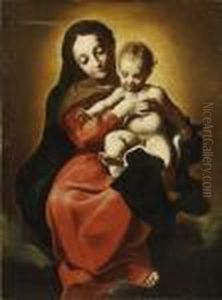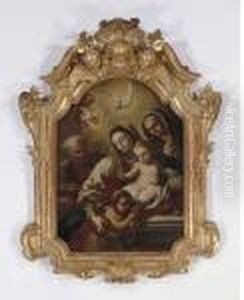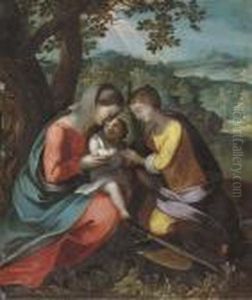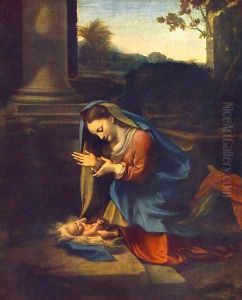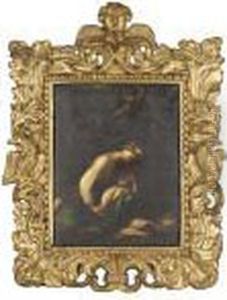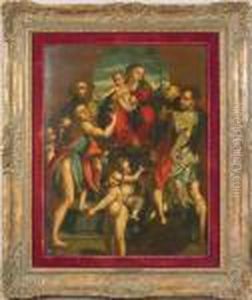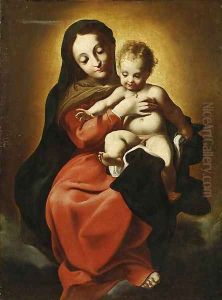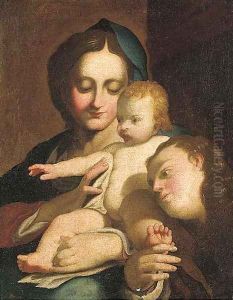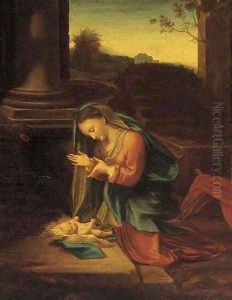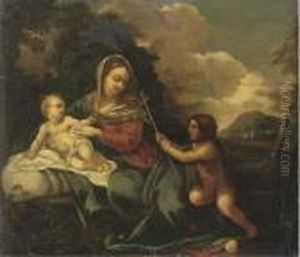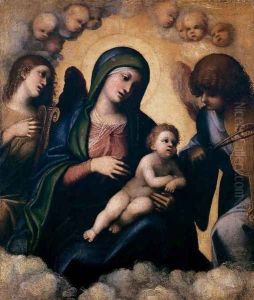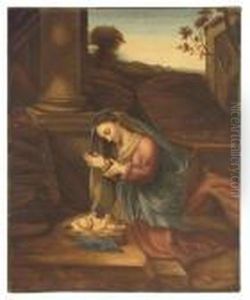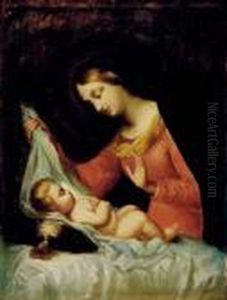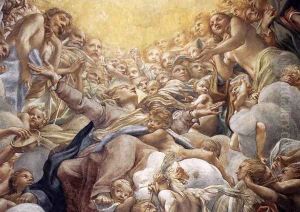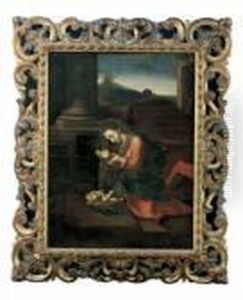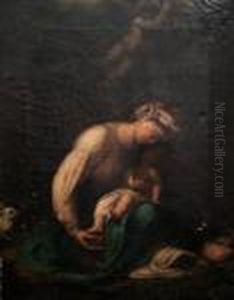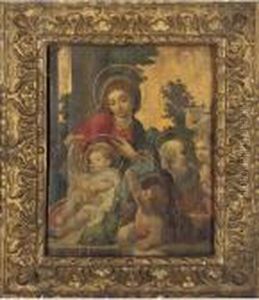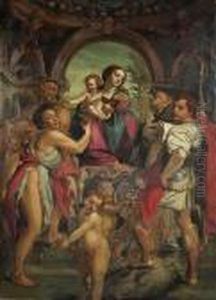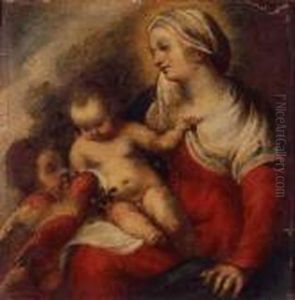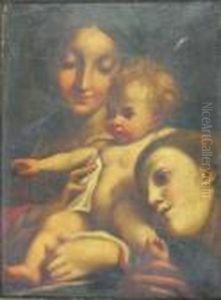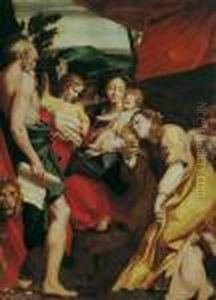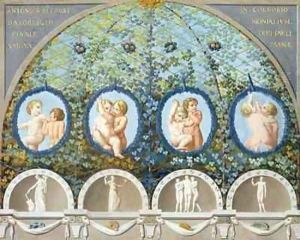Antonio Allegri da Correggio Paintings
Antonio Allegri da Correggio, known simply as Correggio, was an Italian painter of the Renaissance period. He was born in August 1489 in the small town of Correggio, from which he derives his name, in the Duchy of Modena. His exact birth date is not known, but he was baptized on August 17, 1489. Not much is documented about his early life or training, but it is believed that he was a pupil of Francesco Bianchi Ferrara in Modena. Correggio's work is notable for its illusionistic innovations and sensuous approach to subject matter.
Correggio began to emerge as a significant artist by 1514 when he received commissions for religious works in his hometown. His first major commission was for the Convent of St. Francis in Correggio, painting frescoes that have since been lost. In 1518, he completed his first significant work, the 'Adoration of the Child' for the church of Saint Francis in Correggio.
His later works were marked by a mastery of chiaroscuro and a remarkable use of color, which influenced the development of Baroque art. Correggio's most famous works include the dome frescoes of the Cathedral of Parma, such as the 'Assumption of the Virgin' (1526-1530), where he created an illusion of an open sky that culminates in a dynamic vision of the Assumption. These frescoes are considered some of the masterpieces of the High Renaissance.
Correggio's talent extended to mythological subjects as well, with works like 'Danaë' (1531) and 'Jupiter and Io' (1532), both part of a series of paintings depicting the loves of Jupiter, commissioned by Federico II Gonzaga of Mantua. These paintings are celebrated for their sensual beauty and the softness of their flesh tones, which would be highly influential on later artists.
Despite his artistic achievements, Correggio remained relatively obscure during his lifetime outside of Northern Italy and did not have a large workshop or many followers. He worked mainly on commissions from churches and for private patrons, leading a modest life and focusing on his craft.
Correggio died on March 5, 1534, in his hometown. After his death, his work was largely forgotten until the late 16th century when he was rediscovered and celebrated by painters of the Mannerist and Baroque periods. His influence can be seen in the works of artists like Parmigianino and the Carracci brothers, and his legacy is recognized as one of the key contributors to the transition from the Renaissance to the Baroque style in Italian art.
